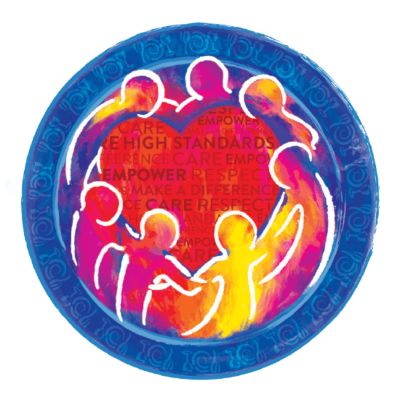Added Sugars
Learn the difference between natural and added sugars, tips for reading nutrition labels,
and delicious solutions for reducing added sugars in your diet.
Video recorded June 20, 2024
Added Sugars & Your Health
Watch our helpful webinar, where Wegmans Nutritionist Marda Heuman discusses added sugars and answers customer questions.

What are added sugars?
Added sugars are any sugars added to foods or beverages during processing or preparation. There are many different ingredients that would be considered added sugars, but some common examples include:
|
|
Added sugars are found in many products, such as soda, desserts, ice cream, and even some sauces and dressings. The Nutrition Facts Panel lists the amount of added sugars per serving, so you can easily see if—and how much—added sugar is in a product.
Why are we concerned about added sugars?
Unlike naturally occurring sugars (such as fructose and glucose found in fruit and lactose found in milk), added sugars do not come packaged with additional beneficial nutrients and compounds. Added sugars can have a negative impact on health, especially if they are consumed in excess. Some of the health concerns associated with added sugars are:
- They contribute calories with no other nutrients
- Favoring foods and beverages with added sugars may squeeze out other foods that promote health, meaning a decreased intake of essential nutrients
- They’re linked with an increased risk of type 2 diabetes, obesity, some cancers, and heart disease
Favoring foods and beverages with added sugars may lead to a decreased intake of essential nutrients.
How much is too much?
To reduce the risk of negative health effects, the general recommendation is to limit added sugars to no more than 12 teaspoons (50 grams) per day. The American Heart Association has a stricter recommendation, particularly for individuals at risk for heart disease: no more than 9 teaspoons (36 grams) of added sugars for men and no more than 6 teaspoons (24 grams) of added sugars for women per day.
How can you cut back on added sugars?
Most added sugars in the U.S. diet come from beverages such as soft drinks, fruit drinks, sweetened coffee and tea, and energy drinks. So, for many people, rethinking beverage choices is a good place to start. Check the Nutrition Facts Panel and compare products when you shop.
1 - Rethink What You Drink


- Choose plain water
- Enjoy unsweetened coffee and tea
- Try mixing sparkling water with 100% fruit juice
1 - Reduce Sugar in Recipes


- Reducing sugar by up to 25% will often have little impact on flavor and texture
3 - Replace Sweets with Other Options


- If you’re craving sweets, snack on naturally sweet foods such as berries, grapes or apples
- Choose unsweetened products and sweeten them yourself to control the amount of added sugar (e.g., add a small amount of maple syrup to plain oatmeal or yogurt)
Shop Products to Reduce Added Sugars
Try these to start reducing added sugars










